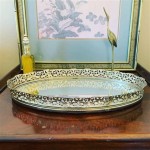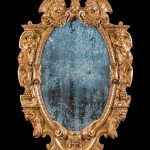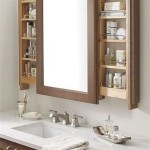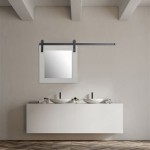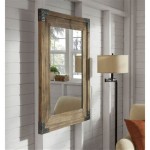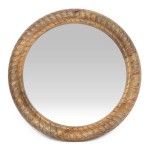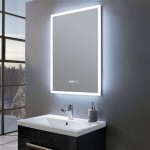Polishing Metal to a Mirror Finish
Achieving a mirror finish on metal requires a meticulous process involving multiple stages and careful material selection. This finish is not just aesthetically pleasing, but also offers functional benefits such as reduced friction and improved corrosion resistance. Various techniques and tools are employed to achieve this high level of polish, each playing a vital role in the overall process.
Surface Preparation
The initial stage involves preparing the metal surface for polishing. This crucial step removes imperfections like scratches, burrs, and scale, which can hinder the achievement of a true mirror finish. Methods used for surface preparation include grinding, sanding, and filing. Selecting the appropriate grit size for each stage is essential. Starting with coarser grits and progressively moving to finer grits ensures the systematic removal of imperfections without introducing new ones.
Cutting and Buffing
Cutting and buffing are the core processes in achieving a mirror finish. Cutting compounds, typically abrasive materials suspended in a grease or paste, are used with a buffing wheel to remove fine scratches and imperfections left after the initial surface preparation. This stage significantly refines the surface and prepares it for the final polishing stages. Buffing, which follows cutting, uses less abrasive compounds and softer buffing wheels. This process further smooths the surface and begins to bring out the shine.
Wheel Selection
The type of buffing wheel used plays a critical role in the final finish. Sisal, cotton, and felt are commonly used materials for buffing wheels. Sisal wheels are more aggressive and suitable for initial cutting stages. Cotton wheels offer a balance between cutting and polishing capabilities. Felt wheels, being the softest, are ideal for the final polishing stages where a high luster is desired. The proper wheel selection depends on the metal being polished and the desired finish.
Compound Selection
Similar to wheel selection, choosing the appropriate compound is essential. Compounds are graded based on their abrasiveness. Coarser compounds are used for initial cutting, while finer compounds are used for the final polishing stages. The composition of the compound also varies depending on the metal being polished. Some compounds are specifically formulated for ferrous metals, while others are designed for non-ferrous metals like aluminum or brass. Matching the compound to the metal ensures optimal results and prevents damage to the surface.
Polishing Technique
The technique employed during polishing is critical in achieving a uniform and flawless mirror finish. Consistent pressure and speed are essential for preventing uneven polishing and swirl marks. The workpiece should be moved across the buffing wheel in a controlled manner, avoiding excessive dwell time in any one area. Overheating the metal during polishing can also negatively impact the finish and should be avoided. Proper technique necessitates practice and attention to detail.
Cleaning and Protection
Once the desired mirror finish is achieved, the metal needs to be thoroughly cleaned to remove any remaining compound residue. This can be done using specialized cleaning solutions or solvents appropriate for the specific metal. After cleaning, applying a protective coating helps preserve the mirror finish and prevent oxidation or corrosion. Wax, lacquer, or other sealant options can provide a barrier against environmental factors and maintain the polished surface for an extended period.
Safety Precautions
Safety is paramount when undertaking metal polishing. Eye protection, respiratory protection, and appropriate clothing are crucial. The high speeds of buffing wheels and the potential for metal particles to become airborne necessitate these precautions. Proper ventilation in the work area is also important to prevent the inhalation of dust and fumes generated during the polishing process. Adhering to safety guidelines minimizes the risk of injury and ensures a safe working environment.
Troubleshooting Common Issues
Achieving a perfect mirror finish can be challenging, and several issues can arise during the process. Swirl marks, uneven polishing, and lingering scratches are common problems. Understanding the causes of these issues is crucial for rectifying them. Swirl marks often result from incorrect polishing technique or using a contaminated buffing wheel. Uneven polishing can be caused by inconsistent pressure or speed. Addressing these problems might require revisiting earlier stages of the process or adjusting the polishing technique and compound selection.

Polishing Metal Mirror Finish Metals Com

How To Polish Stainless Steel Mirror Finish No 8

Differences In The Appearance Of Stainless Steel Mirror Finish Design Metal Library

Mirror Finish Norton Abrasives

Differences In The Appearance Of Stainless Steel Mirror Finish Design Metal Library

How To Polish Stainless Steel A Mirror Finish

How To Polish Stainless Steel Mirror Finish No 8

How To Polish A Steel Sheet Mirror Finish

Mirror Finish Norton Abrasives

Mirror Polished Stainless Steel Sheets High Gloss Finish

